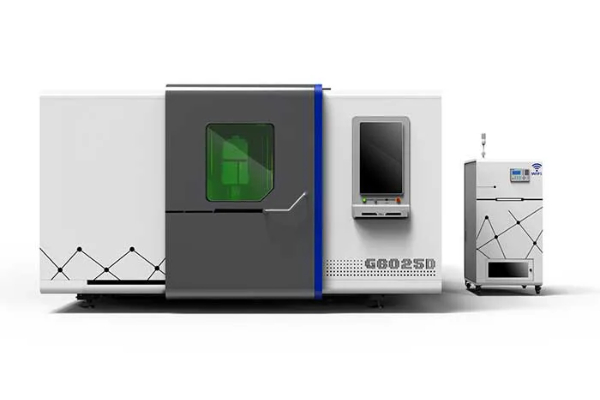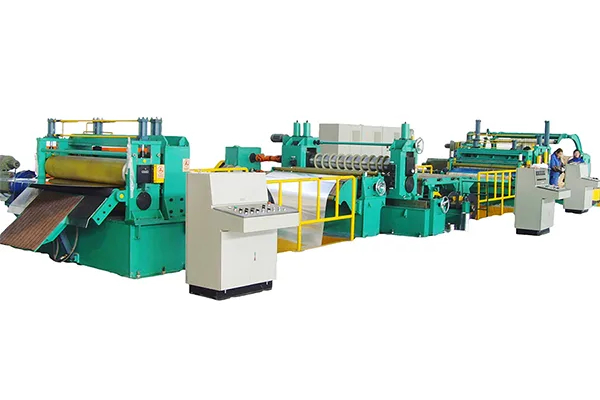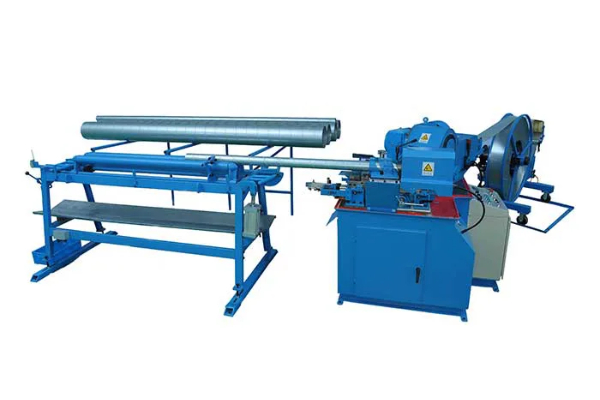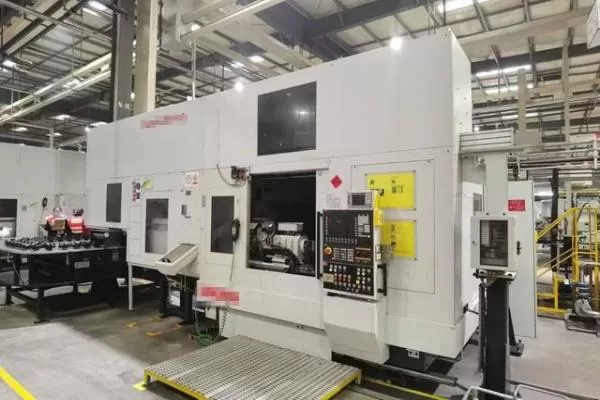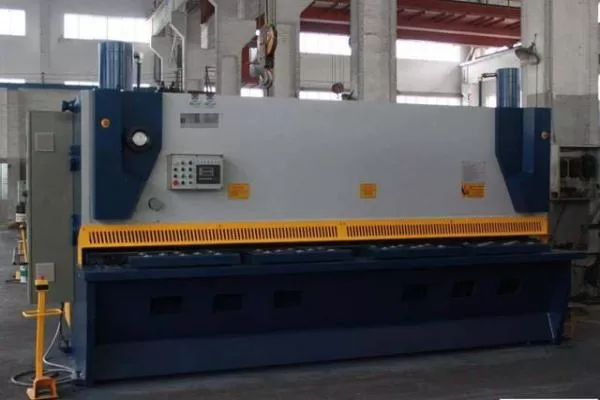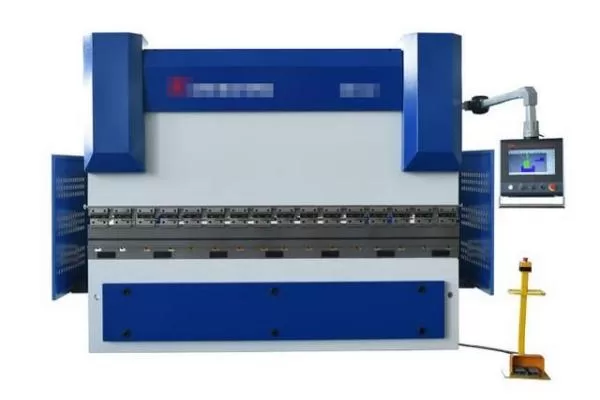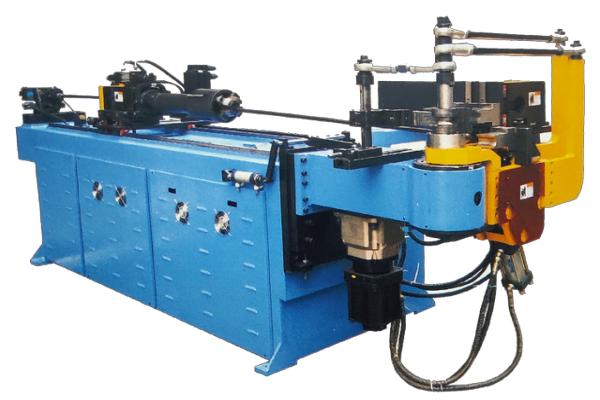
The Future of Metal Plate Bending- Trends to Watch
- By:Metmac
- 2024-07-09
- 111
In the realm of metalworking, the art of plate bending has undergone a transformative evolution, ushering in an era of cutting-edge technologies and unprecedented capabilities. As we peer into the future, several key trends emerge, promising to shape the landscape of this vital industry.
1. Precision and Accuracy:
Advancements in CNC (Computer Numerical Control) technology have dramatically enhanced the precision and accuracy of metal plate bending. Sophisticated software algorithms and high-resolution encoders ensure precise bending angles and consistent results, revolutionizing quality control and reducing waste.
2. Hybrid Bending Techniques:
The integration of different bending technologies, such as press braking and roll bending, is on the rise. This hybridization enables manufacturers to handle a wider range of materials and produce complex shapes with exceptional efficiency.
3. Automation and Robotics:
Automation and robotics are automating mundane tasks, freeing up skilled workers for more complex operations. Automated bending systems can handle heavy-duty projects with ease, reducing production time and improving safety.
4. Digital Fabrication:
The advent of digital fabrication techniques, including 3D modeling and additive manufacturing, is transforming the way metal plates are designed and bent. Digital models allow for precise simulations, optimizing bending parameters and reducing design iterations.
5. Advanced Materials:
The development of new and advanced materials, such as high-strength steels and lightweight alloys, is pushing the boundaries of metal plate bending. These materials demand specialized bending techniques and equipment to achieve optimal results.
6. Sustainable Practices:
Environmental concerns are driving the adoption of sustainable metal plate bending practices. Techniques such as energy-efficient bending machines and recycling strategies are becoming increasingly prevalent, reducing the industry’s carbon footprint.
7. Industry 4.0 Integration:
The principles of Industry 4.0, including IoT (Internet of Things) and data analytics, are transforming metal plate bending. Connected machines and real-time monitoring enable data-driven decisions, predictive maintenance, and improved productivity.
By embracing these transformative trends, the future of metal plate bending holds immense promise. Precision, efficiency, sustainability, and innovation will continue to drive the industry forward, unlocking new possibilities and shaping the future of countless industries.
-
High-Precision Solutions from Leading Sheet Metal Cutting Machine Manufacturers
2025/09/11 -
Reliable Sheet Metal Equipment for Sale to Support Precision Fabrication
2025/07/17 -
Advanced Duct Machine AC and Fabrication Solutions from Metmac
2025/07/12 -
The Advantages of Using a Sheet Roll Forming Machine in Manufacturing
2024/09/14
-
Precision and Performance: Advanced Sheet Metal Processing Solutions
2025/10/17 -
Advanced Sheet Metal Press, Shearing, and Forming Machines
2025/10/17 -
High-Performance Sheet Metal Laser Cutting Machines for Sale — Precision and Efficiency Combined
2025/10/17 -
Leading Sheet Metal Laser Cutting Machine Manufacturers for Precision Metal Processing
2025/10/17
-
A Guide to the Latest Innovations in Sheet Metal Folding Machines
2024/11/29 -
Key Features to Consider When Investing in a Sheet Metal Folding Machine
2024/11/28 -
Enhancing Precision with Advanced Sheet Metal Folding Machines
2024/11/27 -
How to Choose the Right Sheet Metal Folding Machine for Your Workshop
2024/11/26
